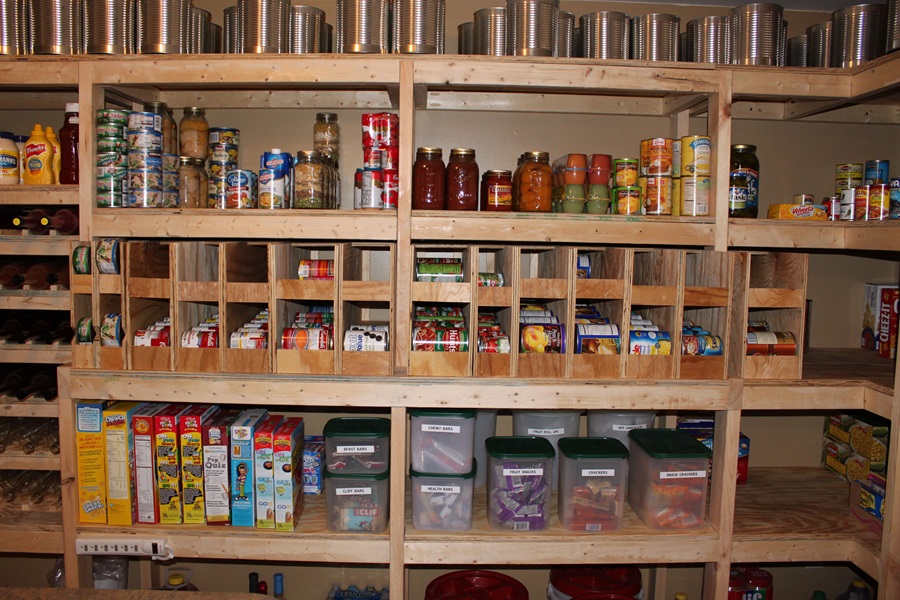Plumbing can often seem like an intricate maze of pipes, drains, and valves to the uninitiated homeowner. Yet, understanding the basics of your household plumbing system can save you considerable time, money, and stress. This post will guide you through some common plumbing issues that you can tackle yourself without needing to call a professional and how you can prevent such problems from cropping up in the first place.
Contents
Understanding Your Plumbing System
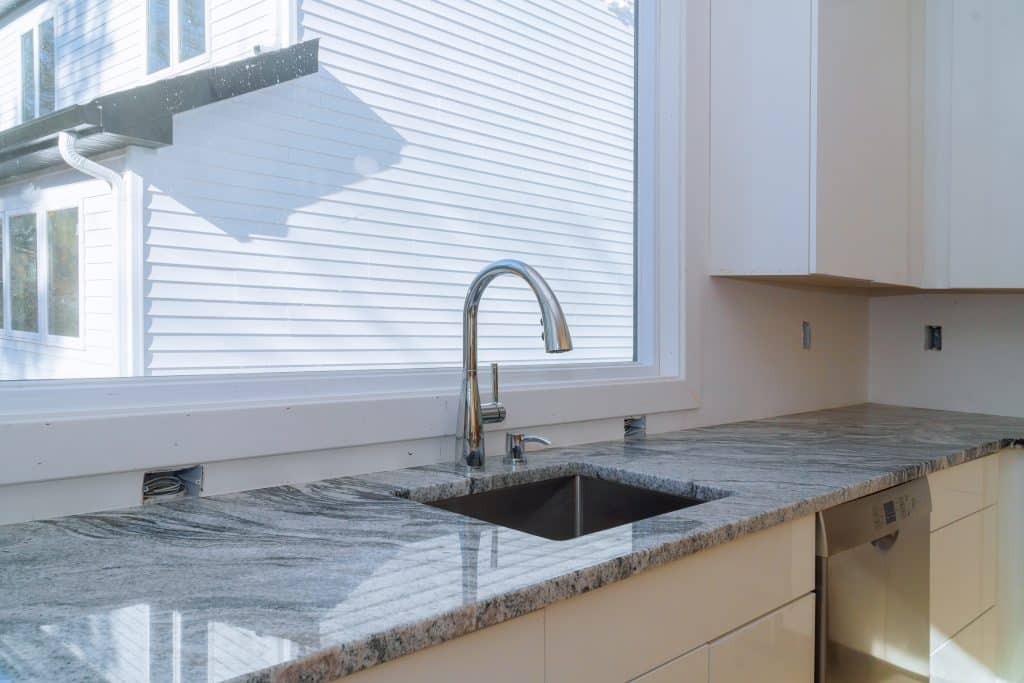
Let’s start by understanding the framework of a typical household plumbing system. A basic plumbing configuration includes a network of pipes that supply clean water and another that takes away waste water. Recognizing these key components and how they connect can empower you to fix minor issues without professional help. Furthermore, you should familiarize yourself with the common materials used in plumbing. These include PVC pipes for wastewater and copper or PEX (cross-linked polyethylene) for clean water. Being equipped with a basic toolkit – wrenches, pliers, pipe cutters, and plumber’s tape – is also an essential step towards successful DIY plumbing.
Recognizing The Limits Of DIY Household Plumbing
However, it’s equally crucial to understand the limits of DIY plumbing. Some issues are beyond the capabilities of a non-professional and require the expertise of a licensed plumber. For instance, dealing with extensive pipe replacement, sewage lines, or serious water heater malfunctions are tasks that you shouldn’t attempt to resolve on your own.
Fixing a Leaky Faucet

The sound of a dripping faucet can be a nuisance, but with the right knowledge, it’s a problem you can solve yourself. Begin by identifying the type of faucet – compression, cartridge, or ball – as the fixing method varies for each. Once you’ve determined the type, look for the root cause of the leak, which is often a worn-out component. After identifying and acquiring the replacement part, you can follow step-by-step instructions to fix the faucet. Be patient and remember that each step contributes to the overall function of the faucet.
Transitioning from faucets, let’s talk about another common plumbing issue: clogged drains.
Unclogging Drains
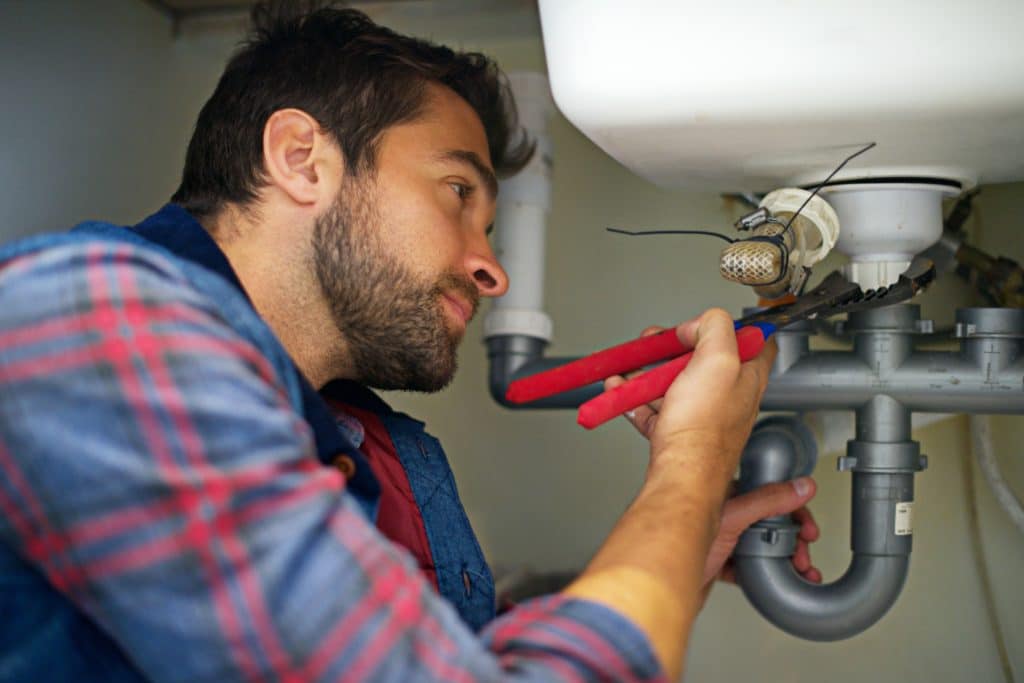
Drains can get clogged with everyday use, but unclogging them doesn’t always require professional help. To start, try a plunger. This can often dislodge the obstruction and clear the drain. If this doesn’t work, escalate to using a plumber’s snake or hand auger, which can reach deeper into the drain to remove blockages. Always remember to take safety precautions, like wearing gloves and goggles, to protect yourself during this process.
Moving on, a leaky faucet or a clogged drain might be the common problems, but they’re not the only ones. Let’s explore how you can replace a showerhead.
Replacing A Shower Head

Shower heads can become blocked with mineral deposits over time, reducing water flow. If cleaning doesn’t restore the shower head’s performance, it’s time for a replacement. Choosing the right showerhead involves considering factors like water pressure, energy efficiency, and your personal preferences regarding spray patterns. Once you’ve found the perfect replacement, you’ll need to remove the old shower head – usually a matter of unscrewing it – and then install the new one.
Another common issue you might encounter is a running toilet. Let’s discuss how to deal with that.
Repairing A Running Toilet
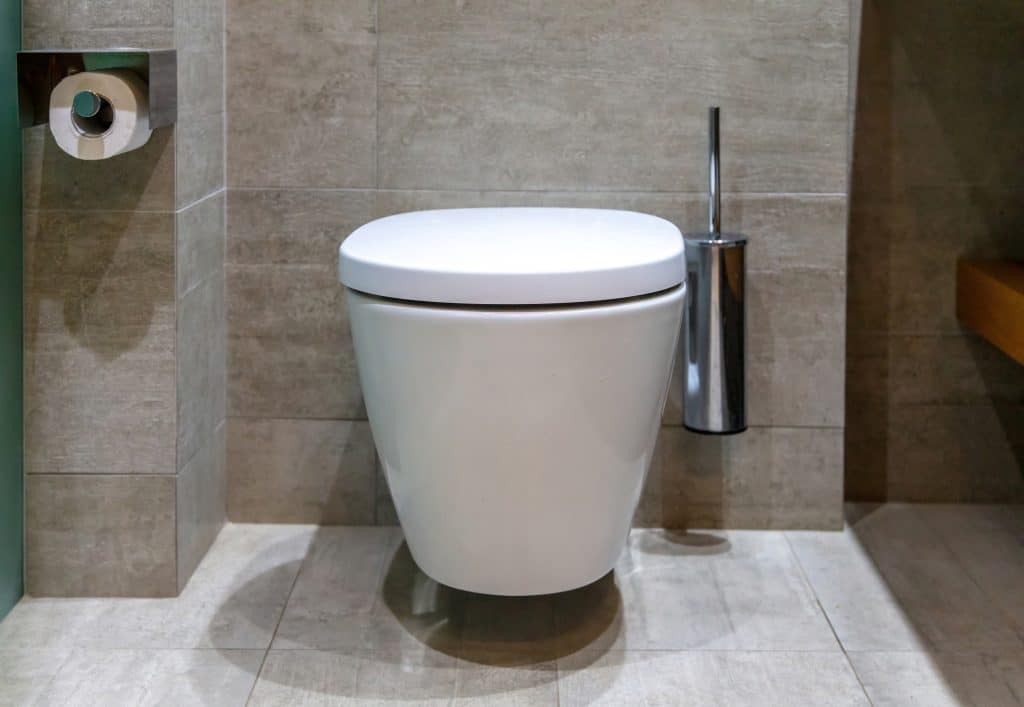
A running toilet not only wastes water but also can be quite bothersome. The culprit is usually a malfunctioning flapper, fill valve or overflow tube. With a basic toolkit and replacement parts, you can usually fix this issue yourself. Understanding the mechanisms in your toilet tank will help you diagnose and rectify the problem effectively, saving you from an unnecessary plumber’s visit.
After resolving the issue of a running toilet, let’s move to the kitchen and discuss how you can install a new sink trap.
Installing A New Sink Trap

If you notice water pooling under your sink, it could be due to a faulty sink trap. This U-shaped pipe is designed to keep your home free of sewer gases, and replacing it can often resolve the issue. Make sure you purchase the correct size and type of trap for your sink and follow safety precautions when removing the old one. With the right tools in hand, the process of installing a new sink trap can be straightforward and rewarding.
Next, let’s dive into another facet of faucet repair – replacing a washer.
Replacing A Washer In A Faucet
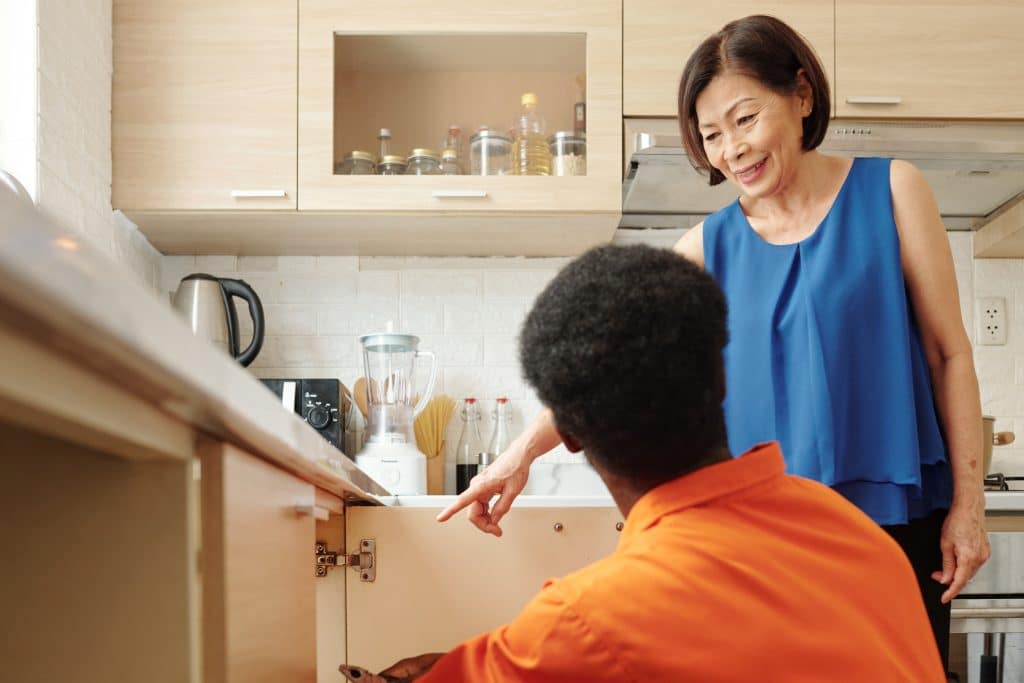
Sometimes, fixing a leaky faucet isn’t as simple as tightening a screw; you may need to replace a washer. The process is relatively simple: turn off the water supply, remove the faucet handle and packing nut, and you’ll find the washer. Once replaced, reassemble the faucet and check to see if the leak has stopped. This straightforward task can save you both the annoyance of a dripping faucet and unnecessary water waste.
Having covered various DIY repairs, it’s important to note that prevention is often the best strategy when it comes to plumbing.
Preventive Plumbing Maintenance
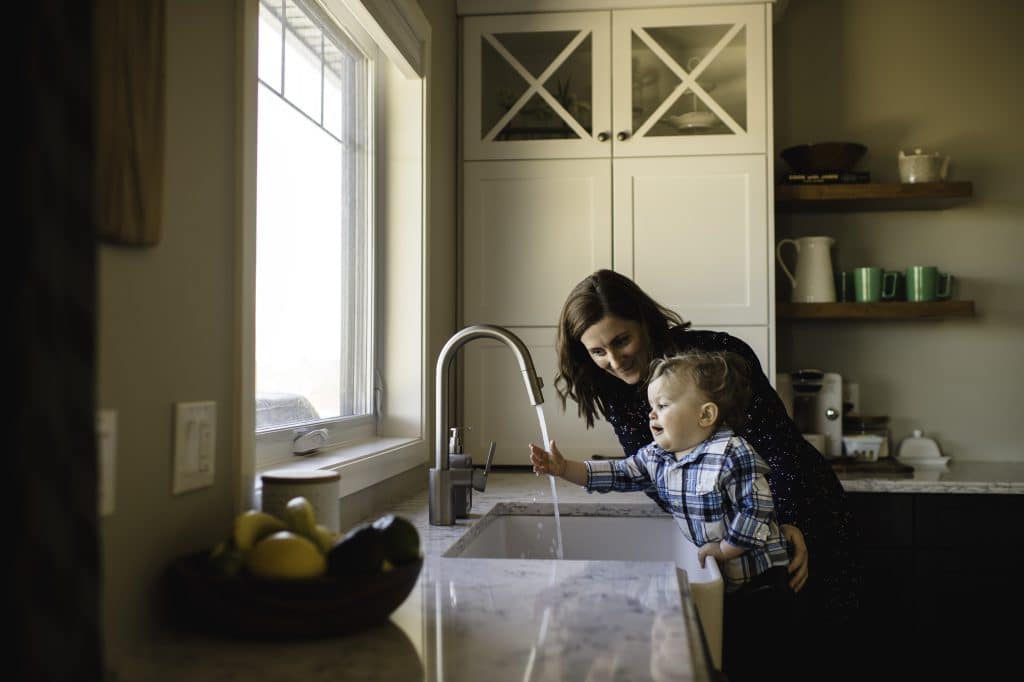
There are several easy steps you can take to prevent common plumbing problems. For example, avoid pouring grease down the drain, as it can solidify and cause blockages. Regularly checking for leaks allows you to spot issues early and fix them before they cause significant damage. Winter-proofing your home, particularly insulating exposed pipes, can prevent pipes from freezing and bursting, saving you from expensive repairs.
The Bottom Line
In summary, plumbing isn’t an enigma meant to be solely understood by professionals. With a basic understanding of your household plumbing system, a tool kit, and a can-do attitude, you can tackle various minor issues with confidence. From fixing a leaky faucet and unclogging drains to replacing a shower head and dealing with a running toilet, you can take control of these common household problems. However, it’s always important to remember your limits and seek professional help when needed. The key is to prevent potential damage from escalating by addressing issues promptly and not hesitating to call a professional when the task is beyond your abilities. The world of DIY plumbing opens up avenues of self-reliance and cost-saving – and with this guide, you’re well-equipped to navigate it.
